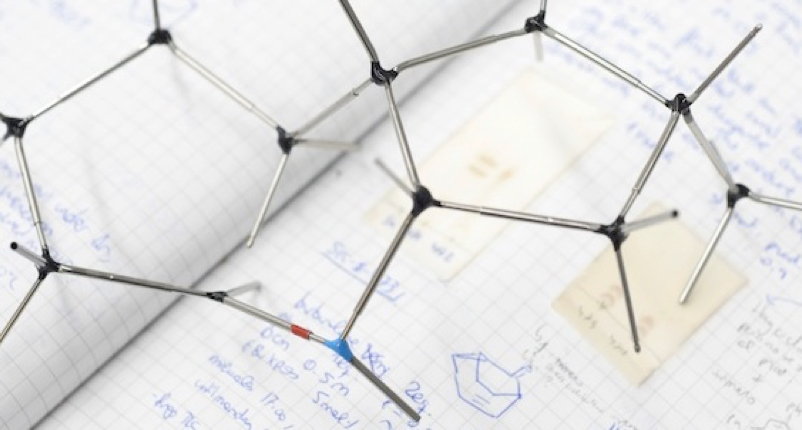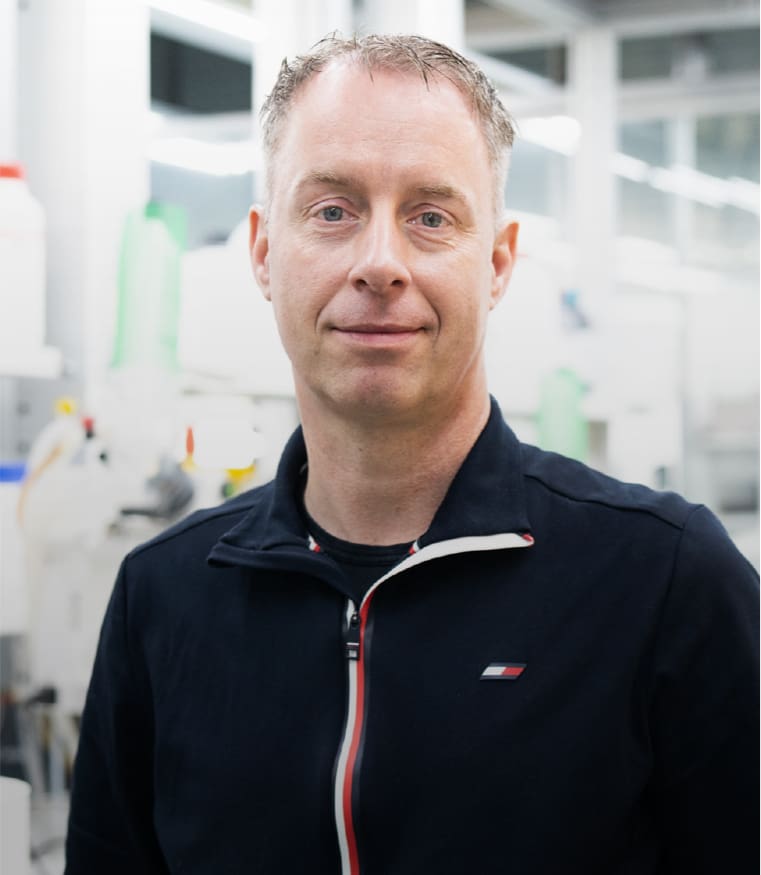Mechanism of Palladium-Catalyzed Allylic Substitution of Tertiary Allylic Carbonates with Sodium Sulfinates: Unusual Bifunctional Nucleophile-Enabled Inner-Sphere Pathway and Origin of Regio- and Enantioselectivities
Palladium-catalyzed allylic sulfonylation of tertiary allylic carbonates with sodium sulfinates provides a first general asymmetric approach towards the synthesis of sterically encumbered α,α-disubstituted allylic sulfones. In this report, density functional theory calculations have been performed to establish a detailed reaction mechanism that sheds light on the origin of the regio- and enantioselectivities. The computations reveal that C-S bond formation via the outer-sphere nucleophilic attack is kinetically not feasible, and does not reproduce the experimentally observed high branched type regioselectivity. Instead, the sulfonate nucleophile was found to play a bifunctional role during the C-S bond formation stage. The O-atom acts as a chelating group for the metal center to facilitate the nucleophilic attack by the S-atom, enabling C-S bond formation through a unique inner-sphere manifold that involves a six-membered chair-like transition state. The experimentally observed regio- and enantioselectivities are rationalized well with this mechanistic scenario that features steric and electronic effects, C-H—O hydrogen bonding and C-H—π interactions.

Wu, H. L.; Wu, B. T.; Kleij, A. W.; Huang, G. P.
Catal. Sci. Technol. 2024, 14,
DOI:
10.1039/D3CY01493B

Let's create a brighter future
Join our team to work with renowned researchers, tackle groundbreaking
projects and contribute to meaningful scientific advancements



















